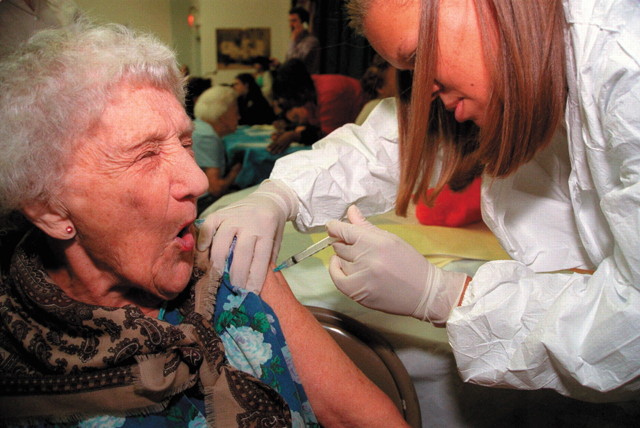An old adage is that to be adopted, surgery must be shown to be safe; medicines must be shown to be safe and effective; and prevention must be shown to be safe, effective, and cost-effective. Prevention is thus held to a high standard.
Cost-effectiveness is a technique for examining the potential of alternative strategies to achieve health outcomes. It combines the benefits, harms, and costs in a single measurement. Recently, the Panel on Cost-Effectiveness in Health and Medicine recommended a common set of methods to assure the comparability of studies.1 Cost-effectiveness analyses include an intervention and a comparator, such as a new therapy compared with an old one or no therapy at all. The results are expressed as the net difference in outcomes divided by the net difference in costs.
When outcomes are better and costs less with a strategy, that strategy is cost saving relative to its comparator. Similarly, if outcomes are poorer and costs greater, the comparator strategy is clearly superior. For many interventions, though, both costs and benefits are greater, and we are left with the question of whether the benefits are “worth” the costs. Some clearly are. It is cost-effective to treat patients at high risk of coronary artery disease due to dyslipidemia with statins—$12,000/QALY (a QALY, or quality-adjusted life-year, is a measure that combines life-years saved with quality of life lost). Conversely, screening and treating 20-year-olds with no known risk factors is costly. We do not, however, have agreement on suitable cutoffs for determining what is “cost-effective.” In general, services that cost less than $50,000/QALY are considered good value, although many costing much more are commonly provided. A list of published cost-effectiveness analyses, expressed in costs per QALY, has recently been published.2
Ironically, we fail to deliver many preventive services that are clearly cost-effective, while delivering many that are cost-ineffective. Why should this be? Cost-effectiveness analyses conducted from the societal perspective are most useful for rationally allocating scarce resources. Yet, we do not have a system in place to make such choices; in fact, we do not even have agreement that resource allocation is necessary. Decisions are frequently based on other considerations, such as short-term rather than lifetime costs. Within managed care plans, for example, narrow perspectives may focus on the pharmacy budget or hospital costs, not the aggregate costs and benefits.
The US Preventive Services Task Force has identified screening, chemoprophylactic, and counseling services that are effective.3 Partnership for Prevention has recently assessed all the services found to be effective for their possible health effects and cost-effectiveness. The services were then arrayed from those providing the greatest health benefit and value to those with the least. At the top of the list were childhood immunizations; counseling adults and adolescents about tobacco use; pneumococcal and influenza vaccination of the elderly; and screening for cervical cancer, colorectal cancer, hypertension, cholesterol level, vision, and chlamydia. But many of these same services have low rates of delivery—representing missed opportunities to provide quality care.
Many preventive services provide excellent value. Some, such as childhood vaccinations and chlamydia screening, are truly cost saving. Many more provide good value. Some are cost-ineffective. Papanicolaou smears are highly cost-effective, but delivering them annually to low-risk older women may increase the costs to more than $1 million per life-year saved.
Are clinical preventive services always cost-effective? No, they are not, but when delivered appropriately, many provide excellent value.
Figure 1.
It is cost-effective to pay for influenza vaccinations in the elderly
© AP/Tina Fineberg
Competing interests: None declared
Author: Steven Teutsch is a medical epidemiologist at Merck & Co, Inc. He was formerly with the Centers for Disease Control and Prevention, Atlanta, and serves as a member of the US Preventive Services Task Force and as a consultant to the Task Force on Community Preventive Services.
References
- 1.Gold MR, Siegel JE, Russell LB, Weinstein MC, eds. Cost-Effectiveness in Health and Medicine. New York: Oxford University Press; 1996.
- 2.Stone PW, Teutsch SM, Chapman RH, Bell C, Goldie SJ, Neumann PJ. Cost-utility analyses of clinical prevention services: published ratios, 1976-1997. Am J Prev Med 2000;19: 15-23. [DOI] [PubMed] [Google Scholar]
- 3.US Preventive Services Task Force. Guide to Clinical Preventive Services. 2nd ed. Baltimore: Williams & Wilkins; 1996.



